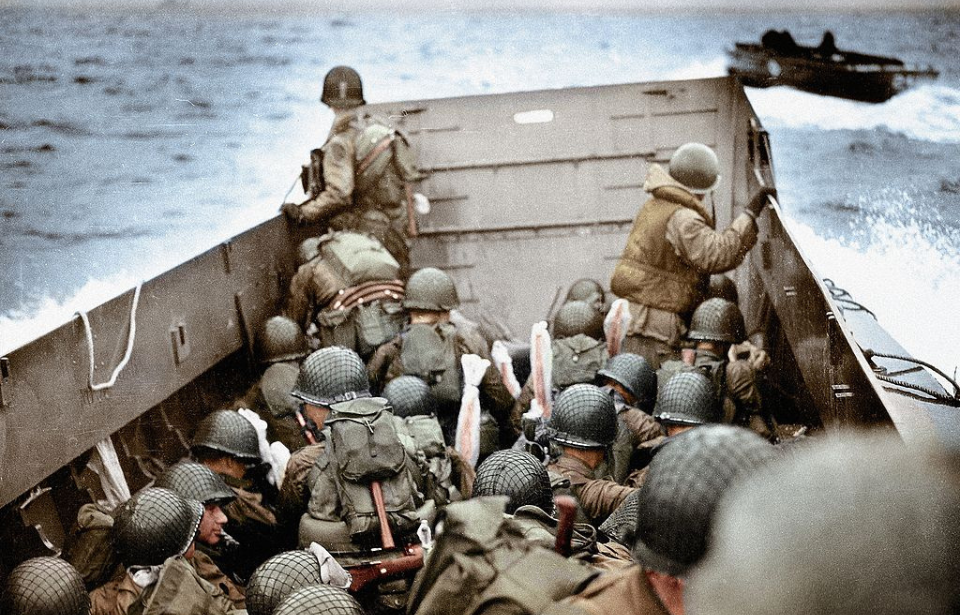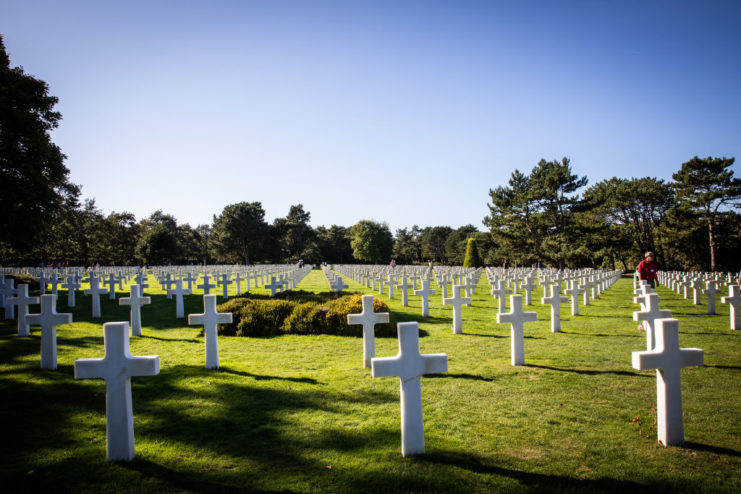Operation Overlord, better known as D-Day, is often remembered for being one of the most intense battles in military history. Films like 1998’s Saving Private Ryan position the Allied invasion of Normandy as an epic offensive, but there’s a different side to D-Day that’s largely been swept under the rug: the deaths of thousands of French civilians who were caught in the crossfire.
D-Day was the largest amphibious landing of the Second World War
On June 6, 1944, over 150,000 American, British and Canadian troops stormed the beaches of Normandy in a daring effort to push the German forces out of Western Europe and change the course of World War II. To gain the upper hand, the Allies knew they’d pay with an overwhelming number of casualties.
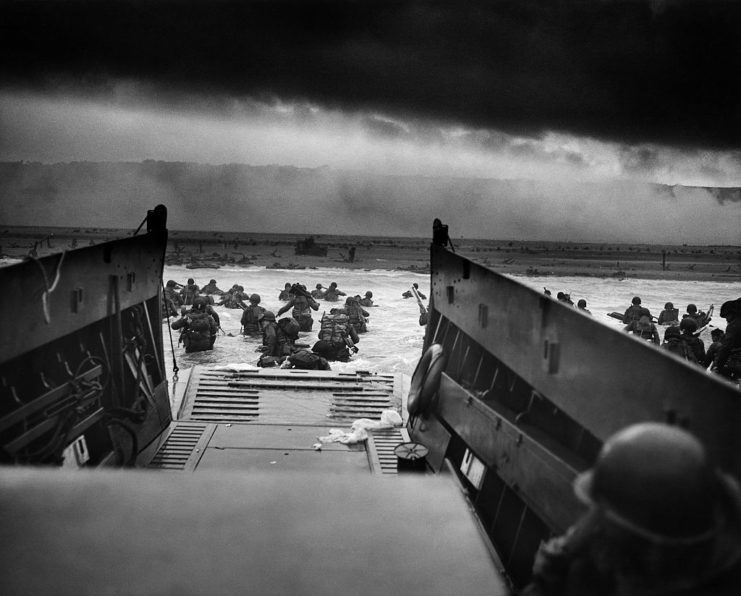
In the months leading up to the invasion, Gen. Dwight D. Eisenhower was named the Supreme Commander of the Allied Expeditionary Forces (SCAEF) for Operation Overlord. He was aware victory couldn’t be won without sacrifice, even when officials warned him paratrooper casualties alone could reach as much as 75 percent.
The day before the offensive, more than 4,000 ships and landing craft crossed the English Channel and arrived in France. Over 11,000 aircraft were assigned to provide air support. By the early hours of June 6, 1944, thousands of paratroopers had landed to secure roads and bridges. At 6:30 AM, the remainder of the Allied forces arrived on the beaches along the shore of Normandy.
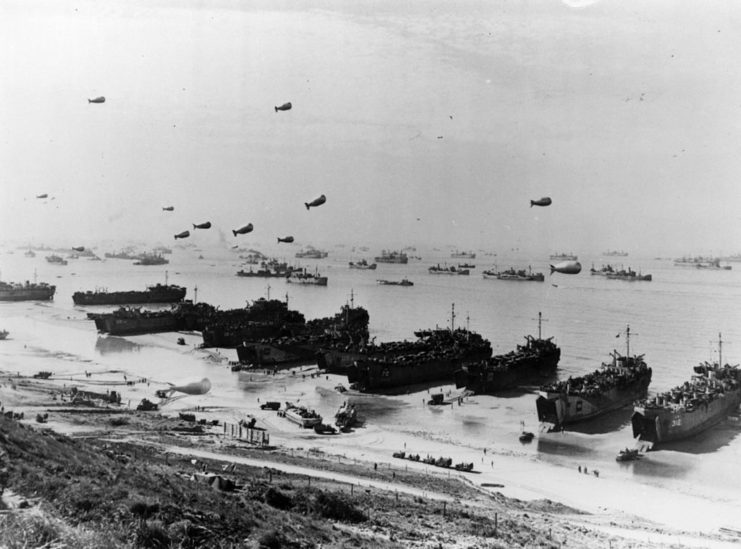
Over the next several weeks, the Allied forces fought throughout the area, traversing difficult terrain and facing German soldiers at every turn. By the end of August 1944, Normandy had been won and the Allies moved swiftly throughout the rest of France.
The amount of civilian deaths during D-Day were staggering
By the conclusion of the first day, the Allies had suffered around 10,000 casualties. As well, there were a number of civilian deaths recorded by the time D-Day and the Battle of Normandy were over. Some saw the catastrophic loss as the price to be paid to end the war, but can you really put a price on the lives of tens of thousands of people?
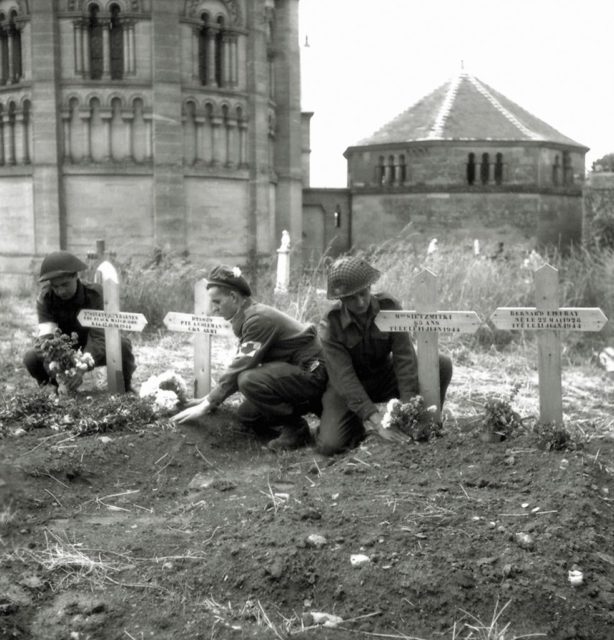
Désiré Dajon-Lamare, who was 12 years old on D-Day, recounted his experience to the BBC: “I can still see the dead Germans’ [faces] down in the barbed wire, their helmets on and guns still on their shoulders.” During the Battle of Normandy alone, between 15,000 and 20,000 civilians were killed.
The Allied soldiers who’d arrived on the beaches of Normandy that day likely believed they were there to liberate those living under German rule. In reality, their presence would be responsible for the deaths of countless innocent people whose only crime was where they were living.
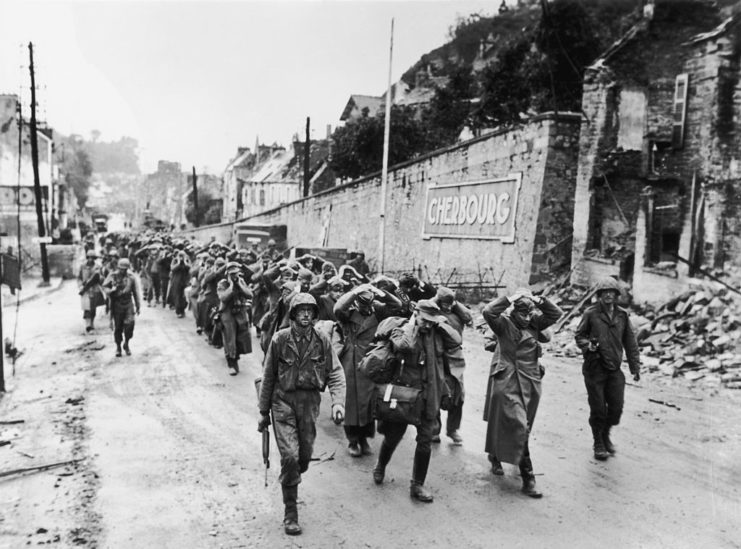
These deaths have been left out of many commemorations, ceremonies and retellings of D-Day. Historians focus on the soldiers who died and the civilians who venerated them as their saviors, but the much darker truth is rarely revealed. “French civilians suffered far worse casualties as a result of their liberation by the Allies than were inflicted by their [German] occupiers,” wrote Marc Wortman of The Daily Beast.
Why were there so many civilian deaths on D-Day?
In a national radio broadcast on the day the Normandy invasion began, US President Franklin D. Roosevelt led a prayer for the Allied forces, claiming, “They fight not for the lust of conquest. They fight to end conquest. They fight to liberate.” Understanding civilians were victims of the D-Day landings is only half the story. Grasping why so many died while being “liberated” is harder to unpack.
Unlike modern aircraft and weaponry, the bombs used in Normandy were anything but precise. Even though specific targets had been outlined, munitions rarely hit where they were intended. A survey done in late 1944 revealed only seven percent of all bombs dropped by the US Eighth Air Force landed within 1,000 feet of their targets.
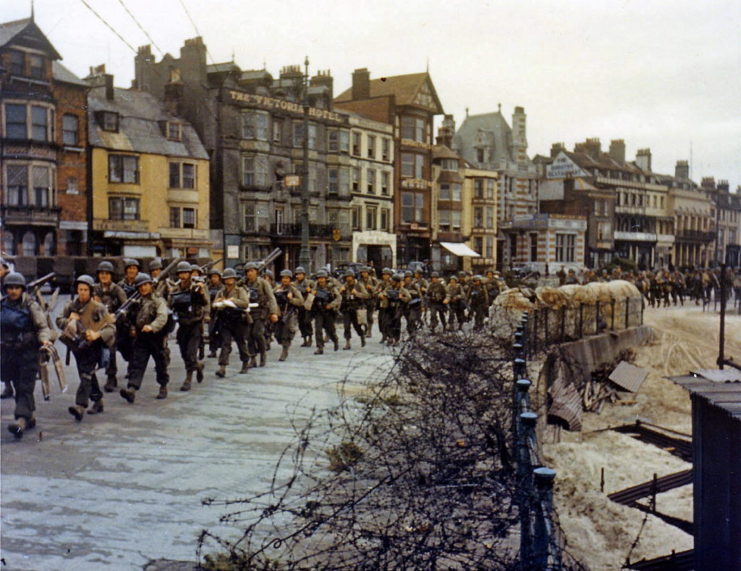
The bombs leveled entire homes and even cities, and the sheer amount of firepower needed meant countless bombs were dropped on helpless civilians. Upwards of 11,000 residents living in Normandy were killed during pre-invasion air strikes before the Allies even stepped foot on the beaches.
The bombing of Caen, a larger French city, also reveals the disregard some Allied soldiers had for French civilians. Many saw the air raid, ordered by British Field Marshal Bernard Montgomery, as a war crime. Six thousand tons of bombs destroyed around 80 percent of the city. Of the 60,000 residents who lived there, 3,000 were killed and 35,000 were left homeless.
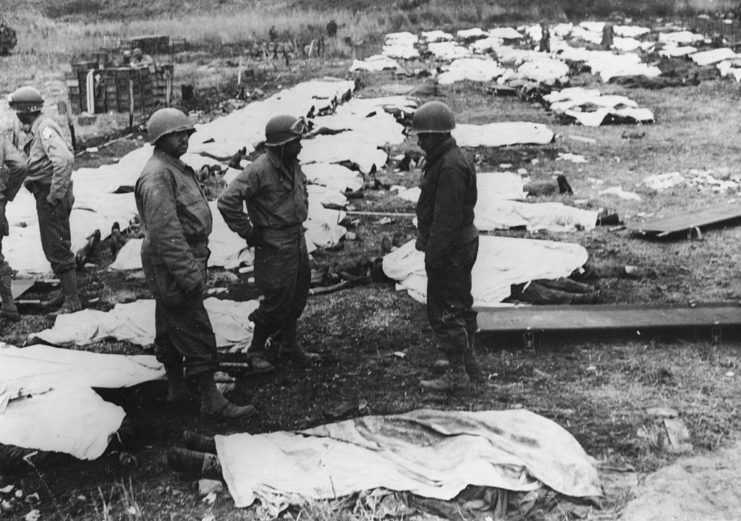
The rubble that covered Caen was 20 feet deep, made up of many historic buildings that had stood for centuries. When the damage was done, the Allied troops realized they’d created more of an obstacle, rather than aiding their advancement.
